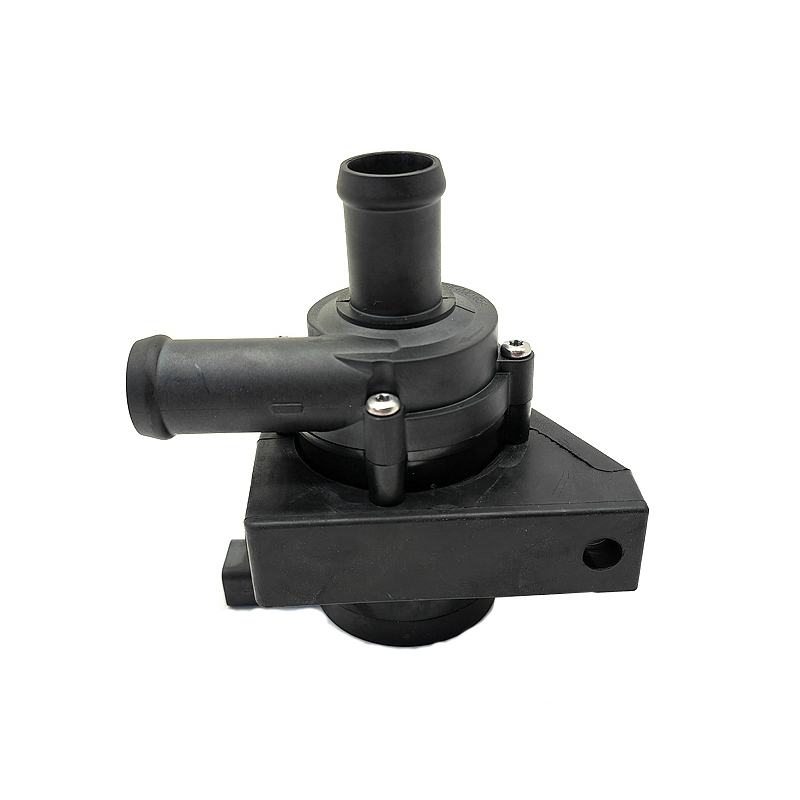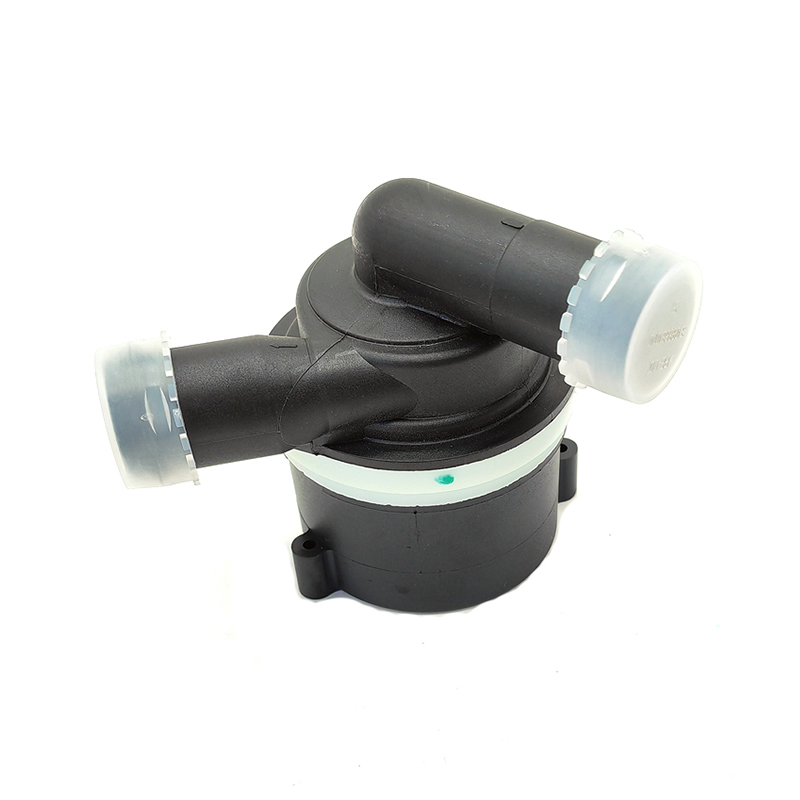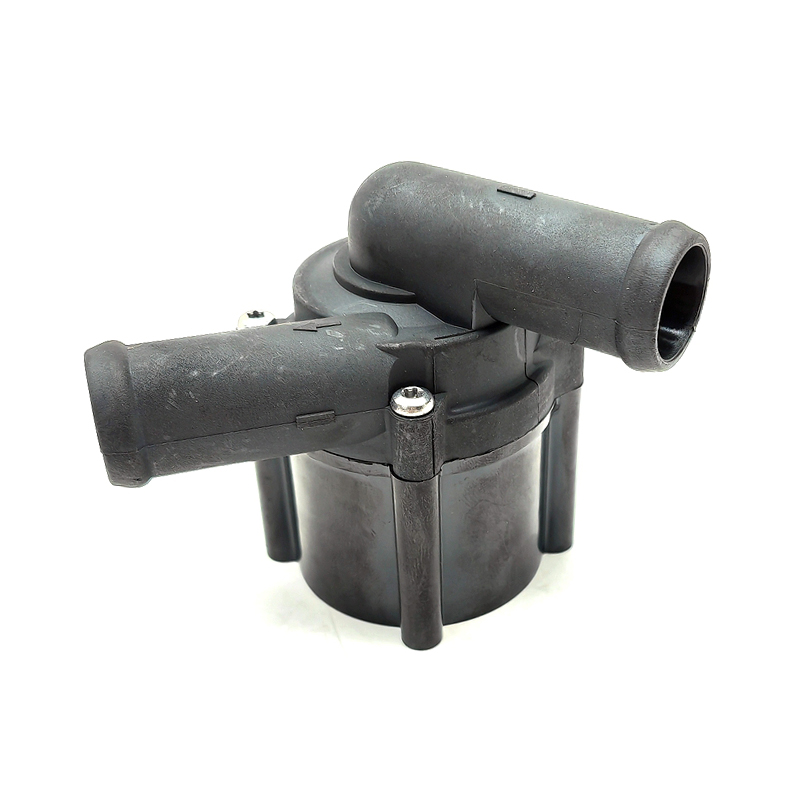The primary purpose of a turbocharger is to increase engine power by forcing more air into the combustion chamber. This allows more fuel to burn, generating more power. To manage this added power efficiently, the turbocharger relies on precise control of exhaust gases and boost pressure.
This is where the Automobile Turbocharger Vacuum Valve and Automobile Turbocharger Mechanical Valve come into play. These valves work together to ensure the turbocharger is operating within the ideal performance range, improving both power output and engine efficiency.
The Role of the Automobile Turbocharger Vacuum Valve
The Automobile Turbocharger Vacuum Valve plays a critical role in regulating the turbocharger's boost pressure by controlling the wastegate. The wastegate is responsible for diverting exhaust gases away from the turbine, which helps control the turbo’s speed and the amount of boost produced. When the vehicle accelerates and more power is needed, the Automobile Turbocharger Vacuum Valve ensures that the wastegate opens at the right time, preventing overboost conditions that can cause to engine knock or overheating.
This regulation is crucial, especially in modern turbocharged engines, where precise control of air pressure is required to balance performance and fuel economy. Without the Automobile Turbocharger Vacuum Valve, the system could either overboost, causing to potential engine damage, or underboost, reducing performance.

The Role of the Automobile Turbocharger Mechanical Valve
On the other hand, the Automobile Turbocharger Mechanical Valve is responsible for controlling the exhaust flow to the turbocharger’s turbine wheel. This valve helps manage the exhaust gases in a way that optimizes the turbocharger’s ability to generate power. Unlike the vacuum valve, the Automobile Turbocharger Mechanical Valve operates using mechanical forces rather than vacuum pressure, ensuring consistent exhaust flow even under high-performance conditions.
The mechanical valve’s ability to precisely control exhaust flow is crucial for ensuring that the turbocharger operates efficiently, especially when driving conditions demand rapid acceleration or high-speed cruising. By preventing exhaust gases from bypassing the turbine too early, this valve ensures that the turbocharger generates the necessary power for enhanced acceleration and improved fuel efficiency.
The Combined Impact on Engine Performance
When these two valves, the Automobile Turbocharger Vacuum Valve and Automobile Turbocharger Mechanical Valve, work together, they help the turbocharging system achieve maximum efficiency. The vacuum valve ensures that the wastegate is only opened when necessary, preventing excess boost, while the mechanical valve ensures that exhaust flow is optimized for consistent turbocharger performance.
This combination of precision control not only enhances acceleration and power but also improves fuel economy by optimizing the turbocharger’s efficiency. For drivers, this translates to a better driving experience with smoother power delivery, less turbo lag, and improved engine responsiveness.
Why Choose Xinhao for Your Turbocharger Valve Needs?
At Xinhao, we specialize in the design and manufacture of high-quality automotive components, including the Automobile Turbocharger Vacuum Valve and Automobile Turbocharger Mechanical Valve. Our products are engineered to meet the stringent requirements of modern turbocharged engines, providing outstanding performance, durability, and reliability.
Whether you are replacing an old valve or upgrading your turbocharging system, choosing Xinhao means opting for precision-engineered valves that maximize engine performance. With years of expertise and a commitment to quality, Xinhao continues to be a trusted name in the automotive industry.

 English
English русский
русский Español
Español
 View More >>
View More >> View More >>
View More >> View More >>
View More >> View More >>
View More >> View More >>
View More >> View More >>
View More >>